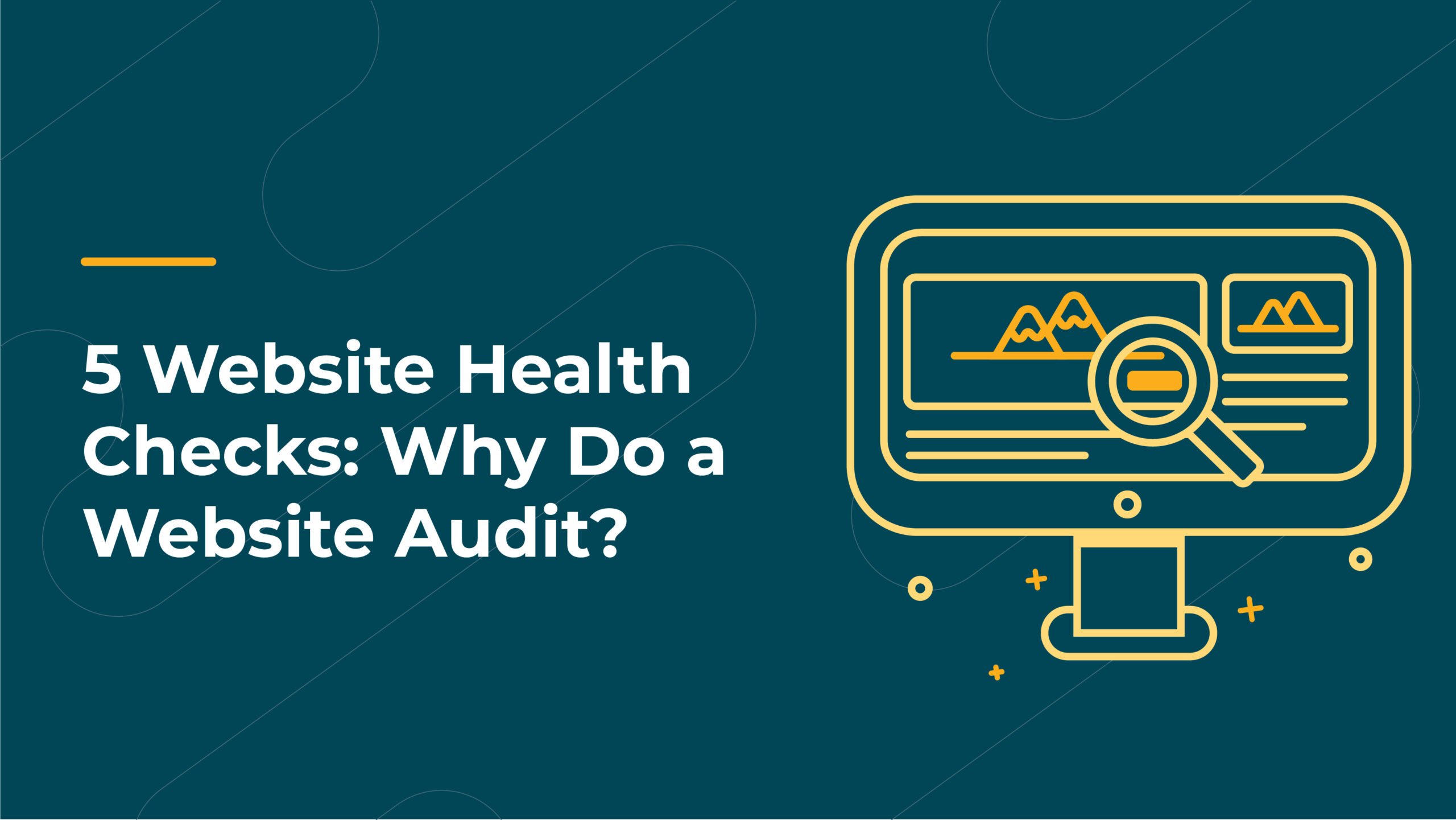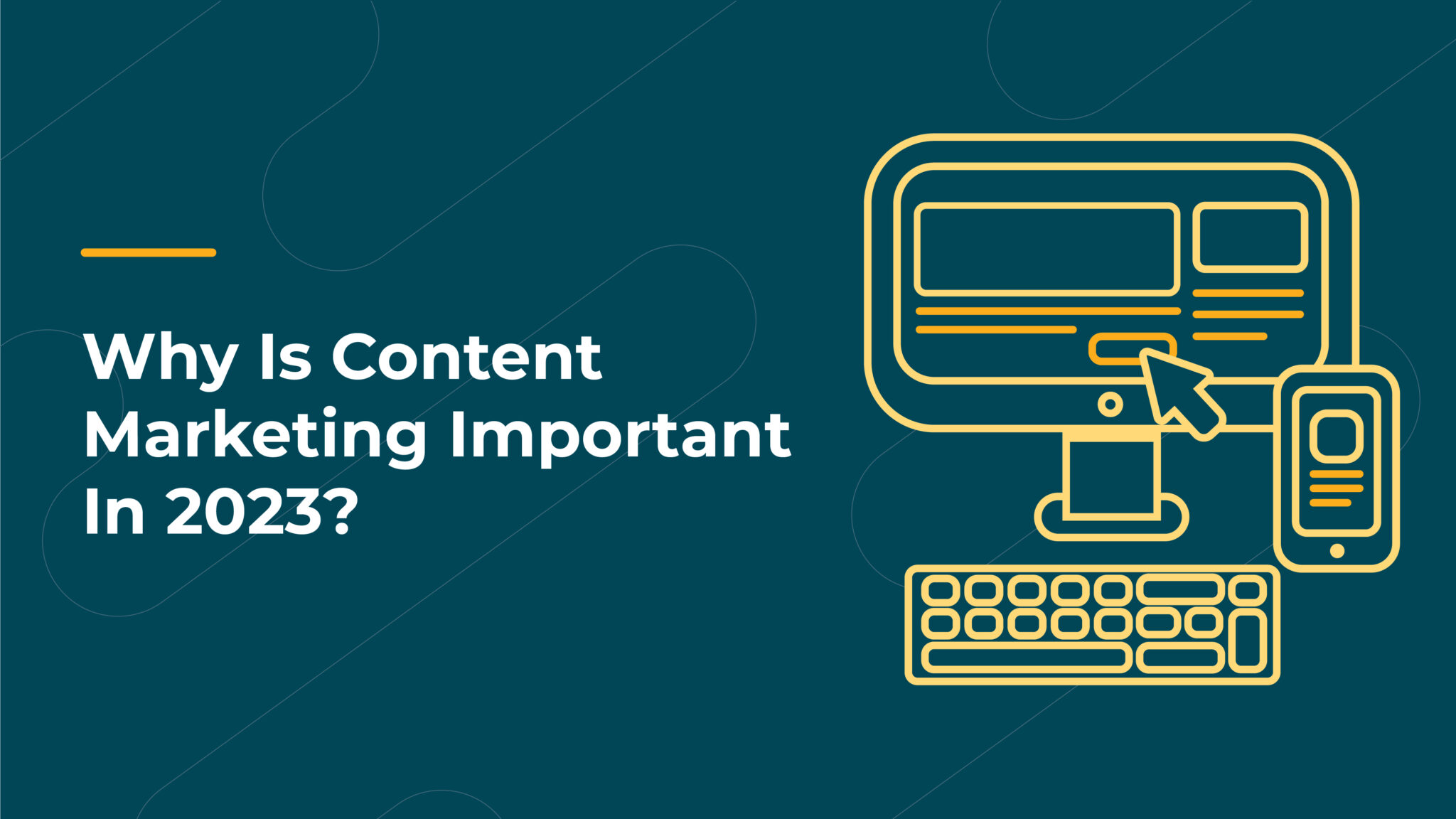
You’re probably wondering why do a website audit?
Well, let us count the ways.
First of all, your website is one of your most valuable assets. It’s how you connect with customers and make sales—and it’s also how they connect with you. So it needs to be as good as possible!
Second of all, if you don’t know what’s wrong with your site, how can you fix it? A website audit helps you identify weaknesses and gaps in your marketing strategy so that you can focus on improving them.
Thirdly, a lot of businesses have never even done an audit before! They don’t realise how much potential lies untapped within their websites—and if they did an audit, they’d have no idea where to start looking for these opportunities.
A website audit is the process of evaluating and improving the effectiveness of your website’s design, content, and functionality. It can help you find out what works and what doesn’t work on your site, so that you can come up with solutions to get your site back in shape.
Below, is a quick snapshot of the various ways a website can help your business stay on top of its game. After that, we’ll dive deeper into how a website audit lays the foundation for a high-performing and impactful online presence.
Why do a website audit – 5 compelling reasons
- Identify technical issues
- Boost SEO performance
- Optimise your site for lead conversions
- Enhance user experience
- Improve security and compliance
1. Identify technical issues
Your website might be visually stunning and content-rich, but what’s under the hood matters just as much. Technical issues can silently plague your website’s performance and user experience, hindering your growth potential. Here are some key areas to focus on:
Broken links: the weakest links
Your website might be visually stunning and content-rich, but what’s under the hood matters just as much. Technical issues can silently plague your website’s performance and user experience, hindering your growth potential. Here are some key areas to focus on:
Slow loading times: the need for speed
In today’s fast-paced world, no one has the patience for slow-loading websites. Slow speeds can lead to high bounce rates and frustrated users. Optimising your website’s loading times can significantly improve user engagement and satisfaction.
Mobile responsiveness issues: beyond desktops
With mobile devices dominating internet usage, your website must shine across all screen sizes. Mobile responsiveness issues can drive away potential users. Ensuring your website looks and functions flawlessly on mobile devices is crucial.
Coding errors: clean slate coding
Behind every beautiful website lies a web of code. Coding errors can lead to functional glitches and compatibility problems. A thorough code review can help identify and fix these errors, ensuring your website operates smoothly.
2. Boost SEO performance
A stunning website is meaningless if no one can find it. Search Engine Optimisation (SEO) is the compass that guides users to your digital doorstep. Let’s explore how you can enhance your website’s SEO performance:
Optimise your content: quality over quantity
Content is king, but quality content reigns supreme. Ensuring your content is relevant, informative, and engaging not only pleases your audience but also pleases search engines, boosting your ranking.
Optimise your meta tags: the art of meta details
Meta tags might be small, but they carry substantial SEO weight. Crafting compelling meta titles and descriptions can entice users to click and explore your content further.
Optimise your images: picture perfect SEO
Images enhance your website’s visual appeal, but they can also slow it down. Optimising images not only improves loading times but also helps search engines understand your content through alt tags.
3. Optimise your site for lead conversions
Your website should be more than just a digital brochure. It should be a lead-generation machine. Let’s explore how to turn casual visitors into loyal customers:
Landing page assessment: the first impression
Your landing pages are your first chance to make a lasting impression. Ensuring they are compelling, concise, and aligned with user expectations can significantly boost your conversion rates.
Conversion funnel analysis: mapping the journey
Understanding how users navigate through your website is essential. Analysing your conversion funnel can reveal where users drop off and where improvements are needed.
Call-to-action optimization: guiding the next step
Your call-to-action (CTA) buttons are the bridge between interest and action. Crafting clear, persuasive CTAs can direct users toward desired actions, whether it’s signing up, making a purchase, or contacting you.
Lead capture forms: simplifying the process
Lengthy and complicated forms can deter users from engaging. Simplifying and optimising your lead capture forms can increase submissions and make user interaction smoother.
Tracking and analytics: data-driven decisions
Collecting and analysing data provides insights into user behaviour and helps you make informed decisions. Implementing robust tracking and analytics tools can guide your optimisation efforts.
4. Enhance user experience
Your website should be an oasis of user-friendliness, providing an enjoyable experience for every visitor. Here’s how to achieve that:
Navigation: the digital compass
Intuitive navigation ensures users can find what they’re looking for effortlessly. Streamlining menus and categories enhances user experience and reduces frustration.
Content organisation: aesthetic clarity
A cluttered website can overwhelm users and obscure your message. Organising your content into logical categories and sections helps users quickly locate information.
Page layout and design: visual harmony
A harmonious layout and design elevate your website’s aesthetics and readability. Consistency in fonts, colours, and spacing creates a cohesive and visually pleasing experience.
Error handling: grace under pressure
Technical hiccups are inevitable, but how you handle them matters. Custom error pages and clear error messages can turn a frustrating experience into a helpful one.
5. Improve security and compliance
Security breaches can shatter user trust and damage your reputation. Keeping your website secure and compliant is paramount:
Vulnerability assessment: identifying weak spots
Regularly assessing your website for vulnerabilities helps you stay ahead of potential security threats. Addressing these weaknesses safeguards your data and your users’ information.
Website authentication: locking the gates
Implementing robust authentication methods protects your website from unauthorised access. This is particularly important if your website contains sensitive user data.
Data protection: shielding user privacy
User privacy is a top concern in today’s digital landscape. Implementing data protection measures, such as encryption and secure data storage, assures users that their information is safe.
Malware and virus detection: the digital immunisation
Regular malware and virus scans keep your website clean and secure. Detecting and removing malicious code promptly prevents potential harm to your users and your reputation.
READ NEXT: How SEO work is done
Final word
Do you ever find yourself thinking, “I know my website needs to be better, but I don’t know where to start”?
We hear that all the time. And it’s not always easy to find the right answers, especially when your website is your business’s heart and soul.
But we’re here to help!
A lot of people believe that a website audit is just a checklist of all the things that are wrong with your site, but it’s actually much more than that. It’s an in-depth look at all aspects of your site—from design and user experience to content and SEO.
You’ll use the results of your audit to identify areas where improvements can be made, and then work with an expert to make those changes.
When we do an audit for a client, we put their site under a microscope and look at everything from their site structure to their meta tags and everything in between.
We’ll tell them what’s great about their website, but also give them honest feedback about where they could improve.
And just like any good relationship, once we’ve done the audit together, our client will have gained invaluable insight into how to better serve their audience online—and what needs more work before they launch into it.
Take the first step towards a high-performing website today. Get in touch with us to schedule your personalised website audit now!
VIEW ALL PORTFOLIO
LATEST BLOGS
On January 2nd, the holidays will be over, the confetti have been swept away, and the champagne
RETURN Google’s Birthday: 25 Years Of Google History –
RETURN 5 website health checks: why do a website audit? –
RETURN Why Is Content Marketing Important In 2023? – 04




